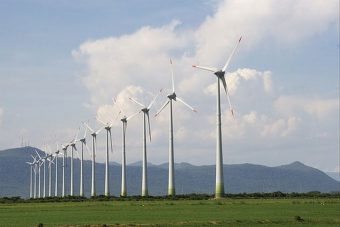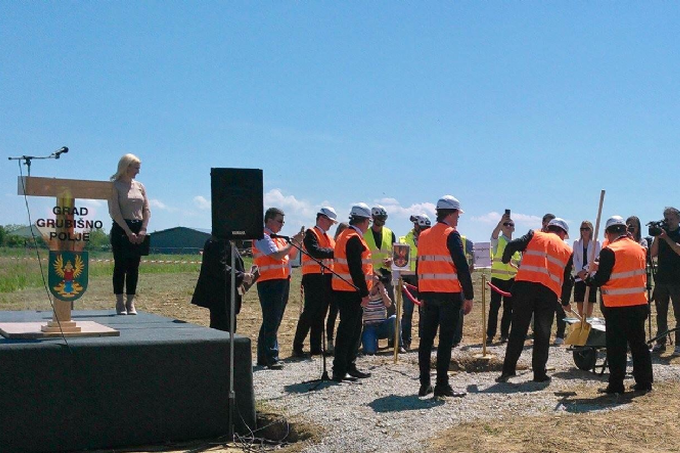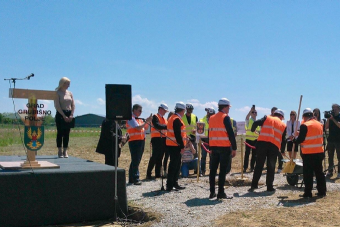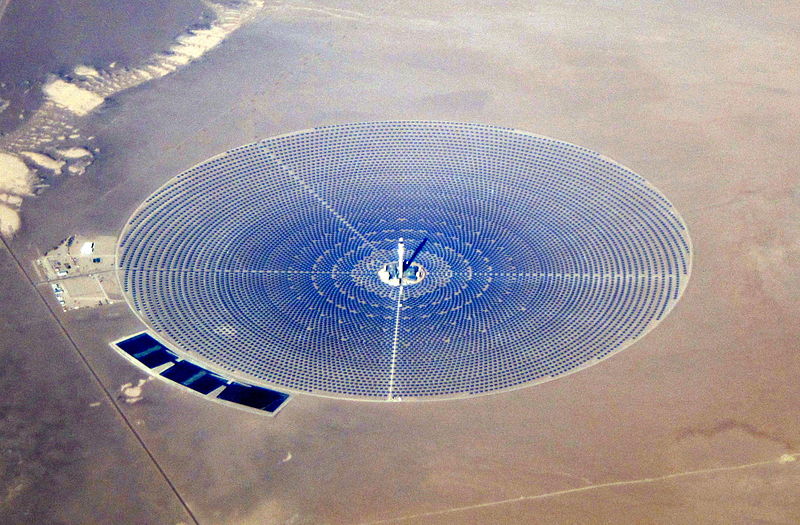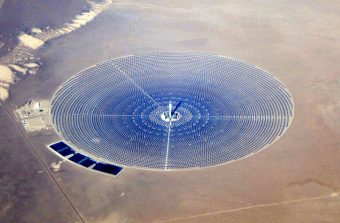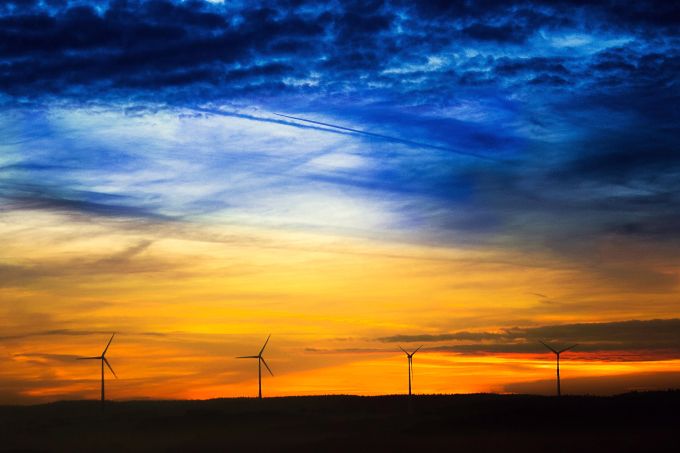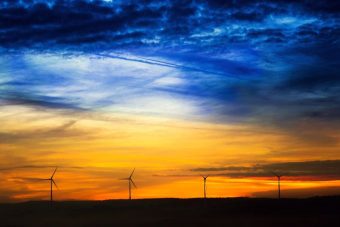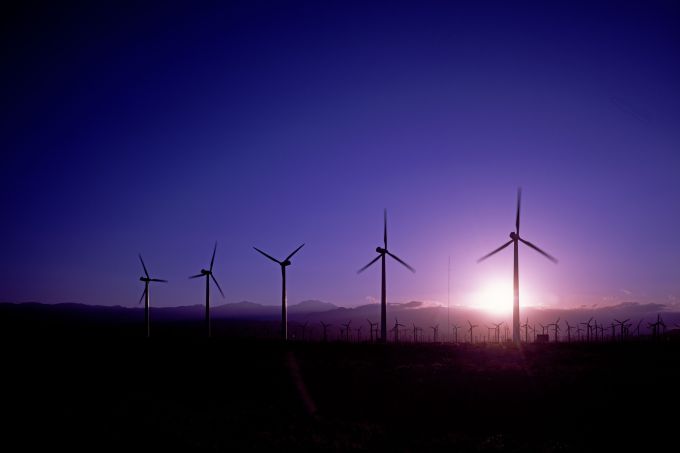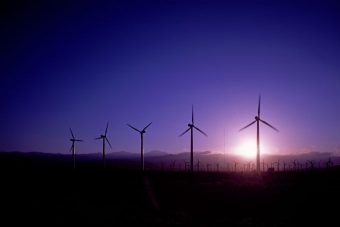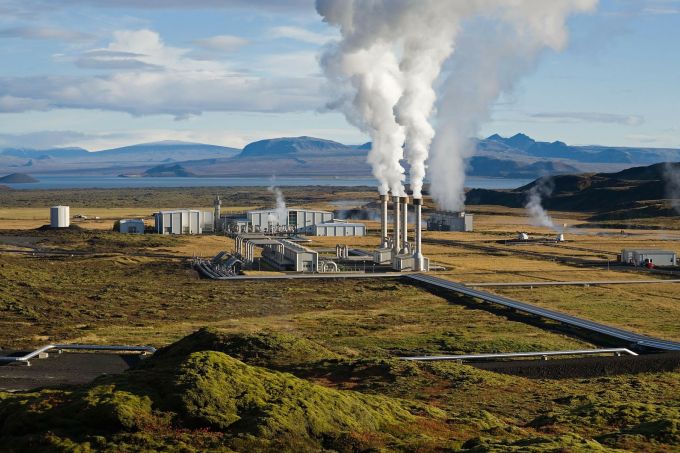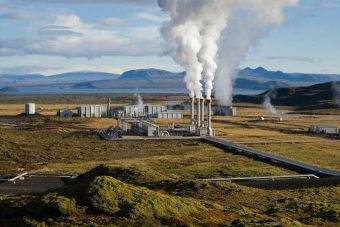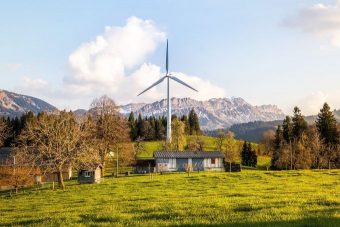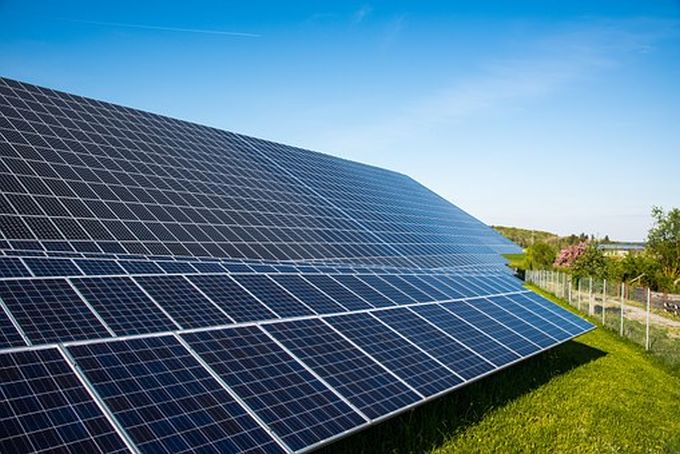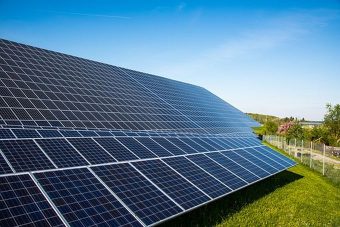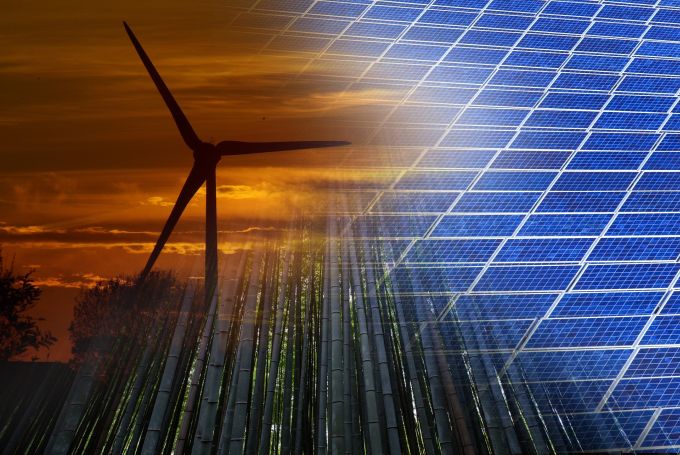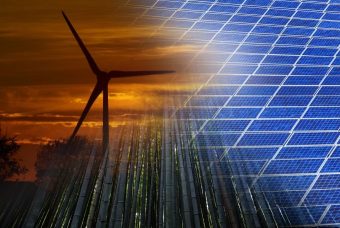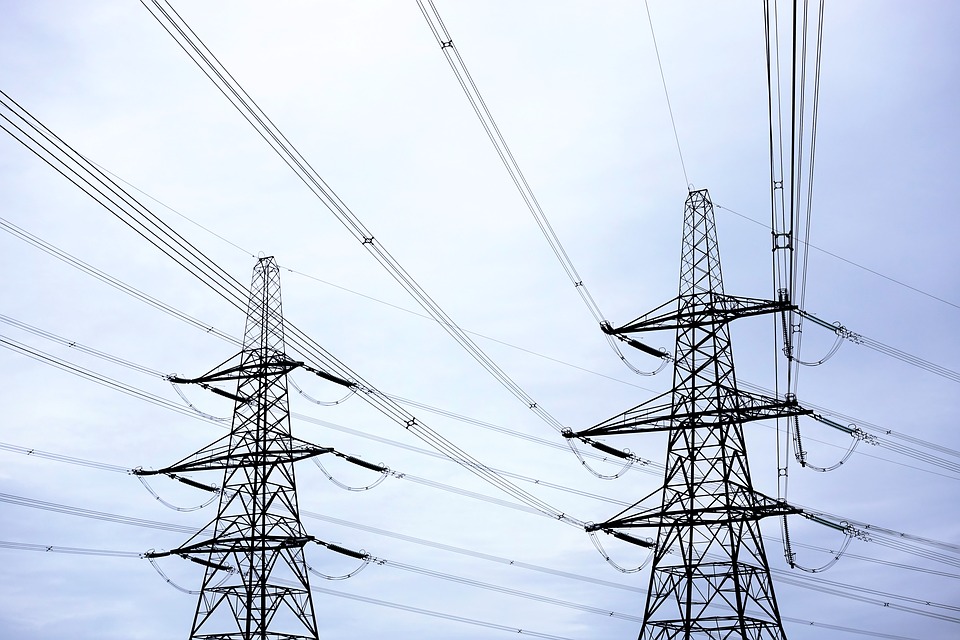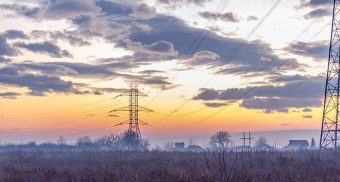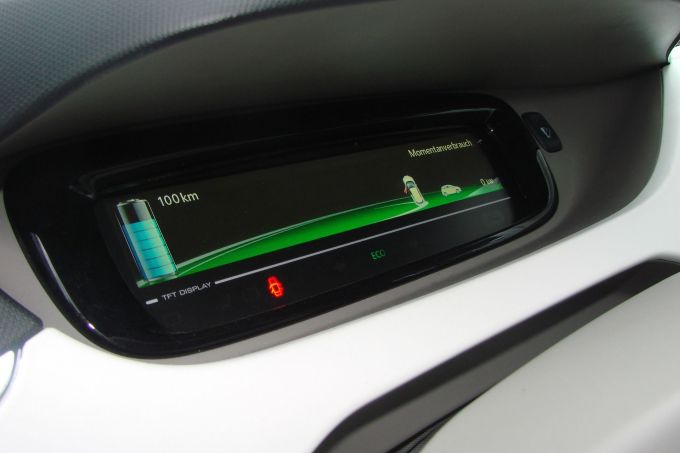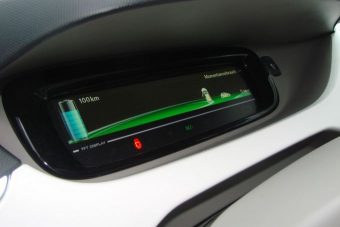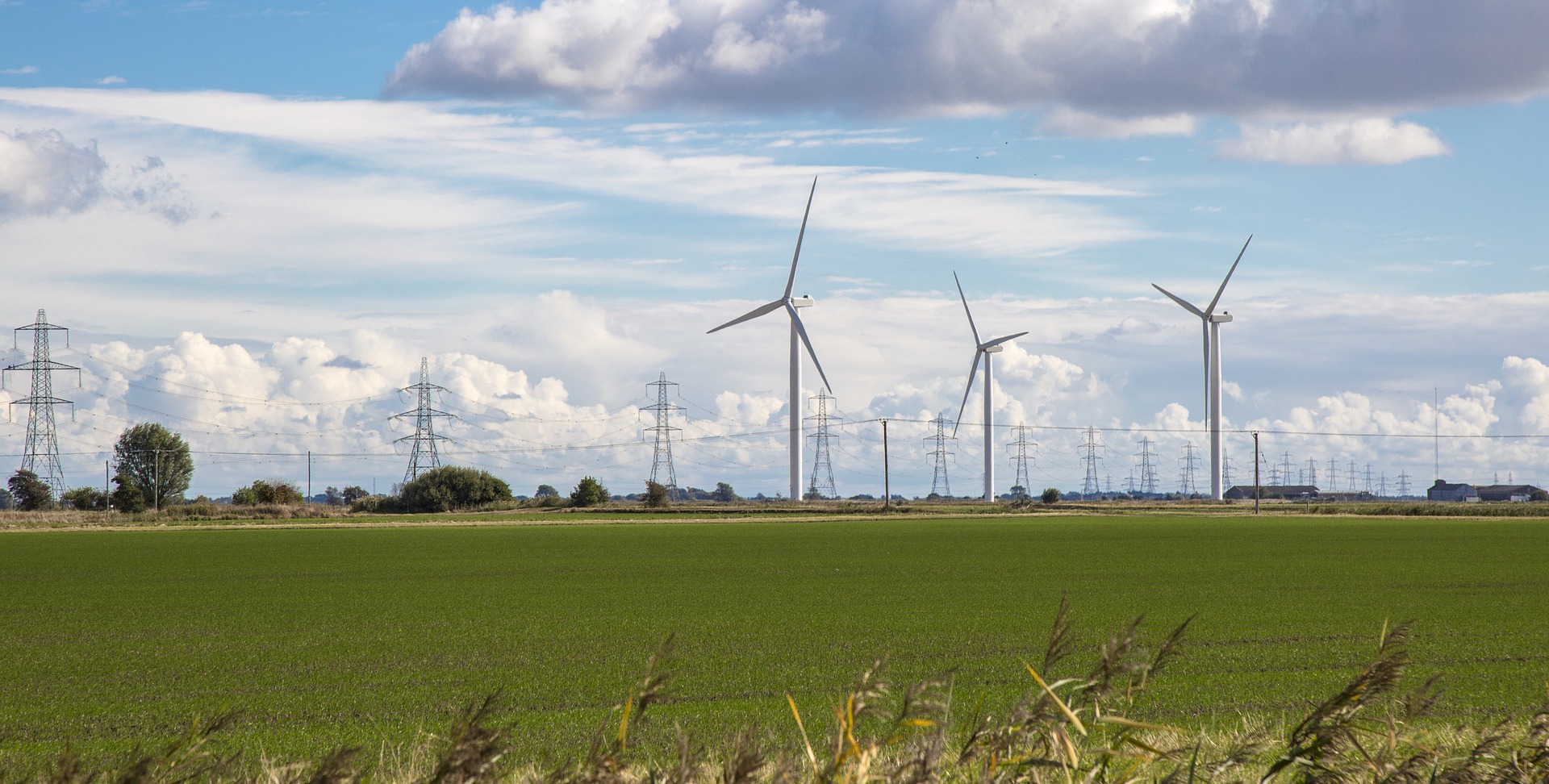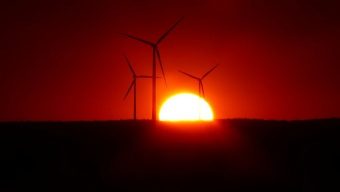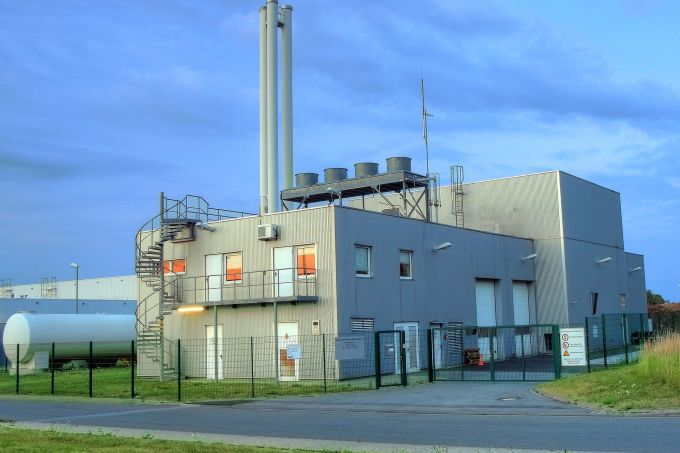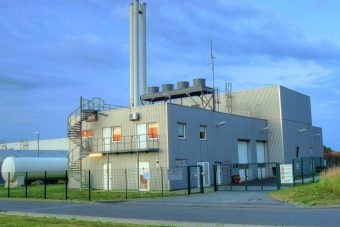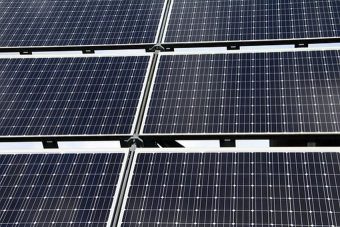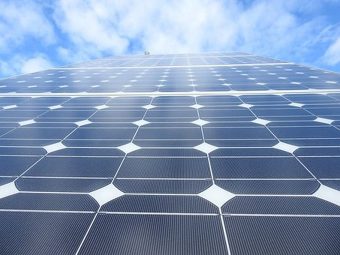
The buildings for City Hall, Fire Department, WIC and YMCA are looking at making a change to solar energy, and the Soledad City Council approved further research into projects on Aug. 2.
“There were five projects that were considered citywide,” said Richard Guillen, engineering consultant for the city. “The City Hall, Fire Department and the WIC building, the YMCA building, the La Cuesta Water Reservoirs/ Booster Station Site, the water reclamation facility, and the old landfill.”
According to the Optony Inc. Assessment report to the City of Soledad, the City Hall/Fire Department and WIC buildings are projected to use annual energy of 172,430 Kilowatt hours, solar photovoltaic potential 141,257 kilowatt per year and have an electricity offset of 82 percent. The YMCA is projected to use 159,633 Kilowatts, solar photovoltaic potential is 142,768 kilowatts and has an electricity offset of 89 percent.
The La Cuesta Water Reservoirs and Booster Station Site has an expected annual energy usage of 193,328 kilowatts and a solar photovoltaic potential of 112,299 kilowatts, which means it would have an electricity offset of 58 percent.
The Water Reclamation Facility’s annual energy usage would be offset by the on-site wind turbine and have a solar photovoltatic (PV) potential of 10,595,235 kilowatts. The electricity offset would be sold back to the utility.
The old landfill annual energy usage is non applicable and would have a solar PV potential of 22,213,610 kilowatts with an electricity offset that would be sold back to the utility.
“When I talked to the City Manager and Public Works Director regarding this we thought the most viable projects would be the City Hall, Fire Department, WIC building, the YMCA and the City Water Booster pumps,” Guillen said.
To finance the projects the city is considering direct purchase with a payback period of a 15-year loan with an interest rate of 49 percent or a power purchase agreement where excess power would be generated by the various solar projects and sell it back to a third party.
“I think this is a great idea and I would like to see us moving the City Hall, Fire Department and with the YMCA,” Councilmember Carla Stewart said. “But the YMCA one concerns me because I know that they’re replacing their roof in sections.”
According to Guillen, he is hoping that the YMCA roof will be part of the funding for the solar project. That answer is unknown right now and would have to be discussed with an architect and get engineering involved to see if the roof is going to be directly impacted the solar panels.
“If it is, then there might be a way to finance the roof reconstruction,” Guillen said.
Currently the one-third replacement of the YMCA would be funded through Measure Y.
Source: soledadbee.com




